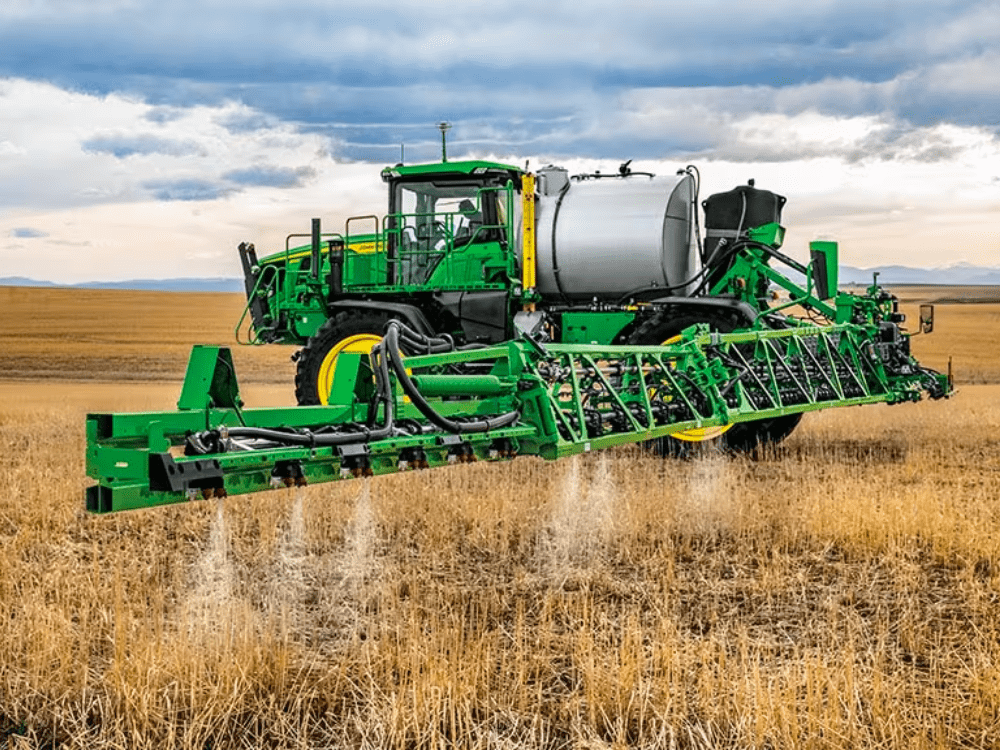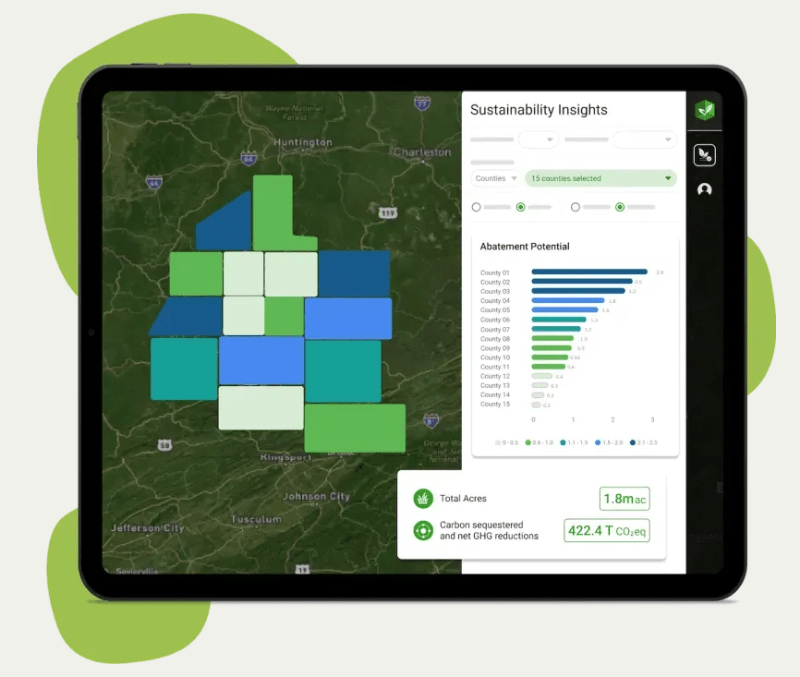Epi Ludvik is the founder and CEO of Crowdsourcing Week and BOLD Awards, which award companies in the digital economy. He works with all types and sizes of organizations, from high-profile companies to emerging startups, helping them to harness the power of the crowd and human-centered innovation.
The views expressed in this guest commentary are the author’s own and do not necessarily reflect those of AgFunderNews.
The United Nations Food and Agriculture Organization (FAO) predicts that by 2050, we will need to produce 60% more food to feed a global population of 9.3 billion. The fusion of agriculture and technology — agtech — can aid in this process by enabling more efficient, sustainable, and productive farming practices.
Many farmers now have access to an array of tools and systems that can enhance their decision-making, streamline operations, and improve the way they use resources like land and water. These “smart farms” harness the power of data, connectivity, and automation that could help produce food cost effectively and with more benefits for planetary health.
Some benefits of agtech include:
- Increased productivity: Smart farms can produce higher yields with fewer resources by optimizing planting, irrigation, and harvesting processes.
- Resource efficiency: Agtech minimizes wastage by precisely applying resources such as water, fertilizers, and pesticides, reducing environmental impact.
- Sustainability: By using data-driven insights, farmers can adopt more sustainable practices that help preserve soil health and reduce chemical usage.
- Improved livestock management: Livestock wearables and monitoring systems enable farmers to keep tabs on animal health and well-being in real time.
- Enhanced decision-making: Data-driven insights empower farmers to make timely decisions, adapt to changing conditions, and mitigate risks effectively.
- Year-round production: Controlled environments and vertical farming extend growing seasons and enable the cultivation of crops regardless of external weather conditions.
Components of a smart farm:
Internet of Things (IoT): The heart of smart farms is the Internet of Things (IoT), the network of interconnected devices that communicate and share data with each other. In agriculture, IoT devices can include sensors that monitor soil moisture, temperature, and crop health, as well as drones that survey fields, and livestock wearables that track animal health.
For example, Taranis has developed an AI-powered crop and farm management intelligence system that combines over 200 million data points with expert agronomy. Taranis, which has offices in the US, Brazil and Israel, captures aerial imagery via drones. Through applying AI and machine learning, it identifies threats in near-real time so that growers can address problems quickly to maximize yield and preserve soil health.
Data analytics: Taranis illustrates how data generated by IoT devices is a goldmine of information that, when properly analyzed, can provide insights into crop performance, disease detection, and resource usage. Data analytics enable farmers to make informed decisions based on real-time information, leading to optimized planting schedules, reduced wastage, and increased yields.
Precision farming: Precision farming allows farmers to tailor their actions to the specific needs of different parts of a field by utilizing data from satellites, sensors, and historical records. This includes precise application of water, fertilizers, and pesticides, and can result in higher efficiency, reduced environmental impact, and lower costs.
UK startup Small Robot Company helps farmers reduce reliance on chemicals through better insights generated from data the robots collect. Farmers can then access treatment maps that integrate with existing farm machinery for targeted variable-rate fertilizer applications, and spot-apply herbicides through nozzle control and sectional control sprays.
A far more established example is John Deere’s Precision Agriculture suite of solutions, which combines GPS technology, sensors, and data analytics to enable farmers to tailor their planting, irrigation, and fertilization practices to specific sections of their fields. This approach reduces resource wastage and enhances crop yields.

Automation and robotics: Automation is a cornerstone of modern agriculture. Robotic systems can handle tasks like planting, weeding, and harvesting, reducing the need for manual labor and increasing productivity. Some examples of startups developing such capabilities include:
- Tortuga AgTech, based in Colorado, provides farms with robots that automate tasks like identifying and picking ripe fruit.
- LaserWeeder, created by Carbon Robotics in Seattle, uses AI and computer vision to control mowers that use laser technology to destroy weeds without damaging crops.
- Researchers at the UK’s Cambridge University have created “Vegebot,” a computer vision-powered prototype that tackles the difficult task of harvesting lettuce. A camera scans each head to determine ripeness, and a second camera guides a blade. A machine-learning algorithm teaches the robot to avoid unripe or diseased lettuce.
Controlled environments — indoors and out: Vertical farming involves growing crops in stacked layers or vertically inclined surfaces, often within controlled environments like warehouses or repurposed shipping containers. Some greenhouses also integrate control elements into their operations. This approach minimizes the need for arable land and in some cases can maximize resource efficiency by optimizing factors such as light, temperature, and nutrients.
Controlled environment protocols can also be applied to traditional land farming to monitor and improve sustainability. For example, Regrow’s Sustainability Insights platform enables organizations to both capture historical emissions and land management data, and quantify future potential to both reduce emissions and channel carbon through regenerative agriculture practices.

Challenges and future prospects
Despite its promise, agtech also faces challenges. These include the initial cost of implementing technology, the need for training and education, and concerns about data privacy and security.
Manufacturers are also concerned about hackers accessing intellectual property. Farmers are concerned that hackers may disable their equipment and they won’t be able to use it. Governments should be aware of the risk of malevolent actors disabling whole swathes of food production to cause shortages.
However, as technology advances and becomes more accessible, these challenges are gradually being addressed. And as artificial intelligence, machine learning, and robotics continue to evolve, smart farms will become even smarter.
Both Taranis and Small Robot Company have both been BOLD Award finalists, while Regrow won the Boldest Agritech Award in the BOLD Awards IV edition in 2023.



